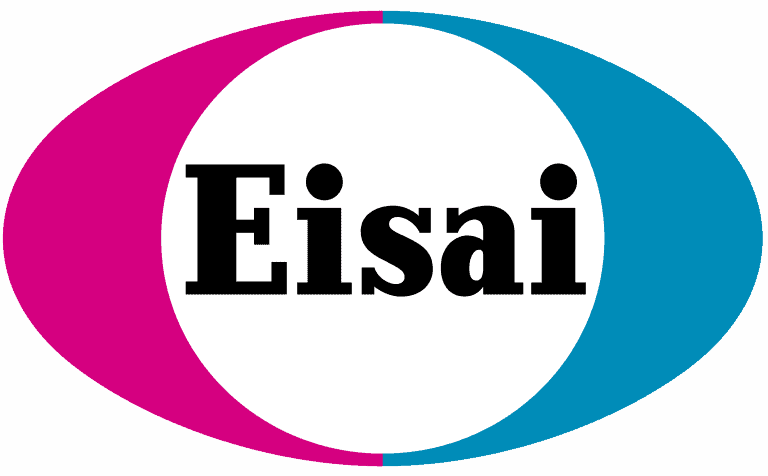Roadmap to a Cure
Together We Strive for Better Treatments and a Cure
Dravet Syndrome Foundation (DSF) was established to raise research funds for Dravet syndrome and related epilepsies, while also supporting patient families. DSF takes pride in managing those funds and appropriating them toward research projects that will result in better treatments and, ultimately, a cure for Dravet syndrome.
Since 2009, DSF has funded over 70 research grants valued at over $10.6 million. With guidance from our Scientific Advisory Board, we seek to build on successful studies and support risky but exciting new lines of investigation with high potential payoffs. We also bring together a larger group of researchers, epileptologists, neurologists, geneticists, and other professionals during our annual Research Roundtable so they can share their learnings and collaboratively chart the path forward for Dravet-specific research. Through these efforts, DSF hopes to help scientists unlock the mysteries of Dravet syndrome.
In order to actively drive research toward our goals, DSF and its advisory boards use the following roadmap to evaluate research proposals and encourage Dravet-specific studies. Understanding that science rarely follows such a direct path, we strive to maintain focus on the task at hand to achieve results as quickly and efficiently as possible.
Our roadmap highlights the possible targets for a cure, beginning at the smallest scale, DNA, and progressing to the largest scale, the population of Dravet patients as a whole. Solutions to the smaller scale target levels have the potential to yield a cure, while solutions to the larger scale levels have the potential to improve the quality of life of children and adults living with Dravet syndrome. DSF sees these as equally important goals and carefully addresses each target when allocating funds for research. Together, we strive for better treatments and a cure.
DSF Strategic Objectives
Gene(s)
The presence of a mutation, group of mutations, or regulator sequence
- Is there a way to eliminate or counteract the mutation?
Expression
How the gene is read and translated into a sodium ion channel
- Can transcription in the nucleus be regulated?
- Can translation outside of the nucleus be regulated?
Protein
The sodium ion channel and its function
- Can we increase transportation of healthy proteins to the membrane?
- Can we increase the preferential use of healthy proteins?
- Can other proteins be manipulated to restore function?
Neuron Function
The function of the cell
- Is there a way to modify how the defective neuronal cells develop or function?
- Are there types of neurons that are less affected? If so, can we leverage those?
Network Function
How the neurons interact with one another
- Is there a way to improve inhibitory neuron function?
- Is there a way to improve synaptic signalling?
- Is there a way to encourage proper network function?
Seizures and Symptoms
Treating the results of the cellular dysfunction
- Are there better treatments that will reduce seizures or comorbidities?
- Can these treatments shed light on the mechanisms that cause Dravet syndrome?
Epidemiology
Studying the population of Dravet patients
- Is the knowledge of incidence, distribution, population, or disease management up to date?
- Can any of the above shed light on unrecognized mechanisms or treatment?




